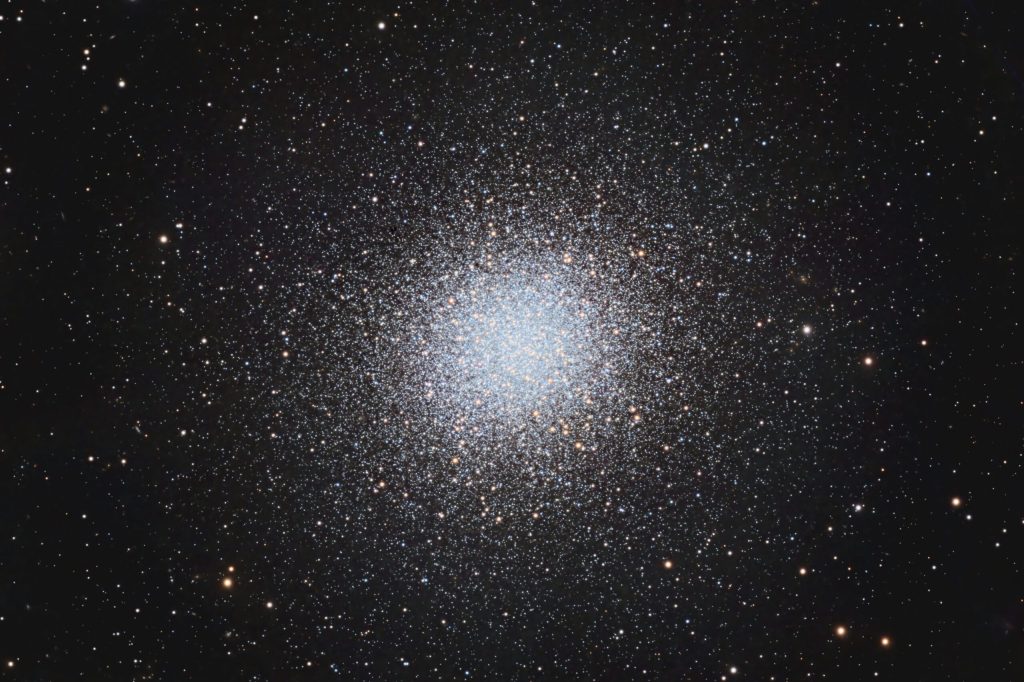The Milky Way
-

Globular Clusters: The Untold Story
Meet Messier 13: my sentimental favorite globular cluster. For more than a decade now, one of my favorite things has been to set up my telescopes at astronomy outreach events and show people the night sky. I have two telescopes…
-

When Galaxies Collide
Meet the Whirlpool Galaxy, a spiral galaxy in the constellation Canes Venatici. This was actually the first galaxy to be classified as a spiral. Specifically, the Whirlpool Galaxy is what we call a grand-design spiral: a galaxy with a very…
-

A Peek at Supermassive Black Holes
There are few things in the universe quite as exciting as black holes. They’re in all the movies — I even wrote a post a few years ago on what the movies get wrong about them! Though some movies, like…
-

How Big and Bright are Galaxies?
The brightest galaxy in our night sky is the Andromeda Galaxy, our nearest intergalactic neighbor. Hey…notice we’re talking about intergalactic neighbors now? 😀 In most of the posts on this blog, we’ve talked about interstellar neighbors, interstellar space, etc. But…
-

How Far Away are Galaxies?
Well, I’ll give you a spoiler: they’re ridiculously far away. Let’s consider for a moment what a light-year actually means. It sounds like a unit of time, but it’s actually the distance that light travels in one Earth year. Think…
-

How Did the Milky Way Form?
Over the course of my last eight posts, we’ve covered just about everything there is to cover about our home galaxy — or, well, at least the basics. We’ve explored how astronomers first discovered what that incredible, milky stream of…
-

Exploring the Milky Way’s Nucleus
Here is an edge-on illustration of our Milky Way Galaxy. (Keep in mind that the disk actually stretches quite a bit farther out from the budge than is apparent in this illustration. Proportionally, its full diameter makes its thickness less…



